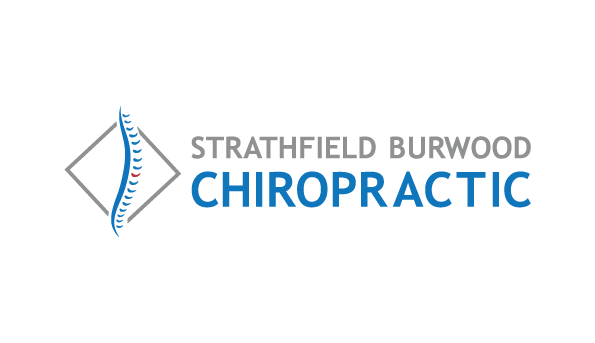
What are headache disorders?
Headache disorders are among the most common disorders of the nervous system. Headache is a painful and disabling feature of a small number of primary headache disorders namely migraine, tension-type headache, and cluster headache. Headache can also be caused by or occur secondarily to a long list of other conditions, for example medication overuse headache.
Headache has many triggers and causes, ranging from lifestyle factors such as sleep deprivation, dehydration and food sensitivities to mental and physical health issues. Most of the time there is no serious underlying condition. Investigation — such as blood tests or scans — is rarely helpful, even in the case of long-term headache. You’re Chiropractor will consider the possible causes and will usually make a diagnosis based on a good understanding of your symptoms, headache history, medical history and an examination. Describing your headache accurately can help you and your Chiropractor understand the type of headache you have.
Headaches can have many different features such as a throbbing sensation, tightness around the head, varying with movement or exertion, and may differ in the location of the pain (one side, both sides, or all over), as well as frequency, intensity and duration. Some headaches are accompanied by nausea or sensitivity to light or noise. Always seek advice if you have concerns about your headache, especially for pain that is severe, new, or different to pain you have had before, pain that is increasing in intensity or frequency, or is accompanied by other symptoms.
Types of Headaches
Migraine
- A primary headache disorder.
- Most often begins at puberty and most affects those aged between 35 and 45 years. It is caused by the activation of a mechanism deep in the brain that leads to release of pain-producing inflammatory substances around the nerves and blood vessels of the head.
- Migraine is recurrent, often life-long, and characterized by attacks. Attacks include features such as:
- headache of moderate or severe intensity;
- nausea (the most characteristic);
- one-sided and/or pulsating quality;
- aggravated by routine physical activity;
- with duration of hours to 2-3 days;
- attack frequency is anywhere between once a year and once a week;
- in children, attacks tend to be of shorter duration and abdominal symptoms more prominent.
- Migraine may respond to Chiropractic manipulation
(Nelson CF, Bronfort G, Evans R, et al. The efficacy of spinal manipulation, amitryptyline and the combination of both therapies for the prophylaxis of migraine headache. J Manipulative Physiol Ther. 1998;21:511-519)(Tuchin PJ, Pollard H, Bonello R. A randomised controlled trial of chiropractic spinal manipulative therapy for migraine. J Manipulative Physiol Ther. 2000;23:91-95)
Tension-type headache (TTH)
- TTH is the most common primary headache disorder.
- TTH often begins during the teenage years, affecting three women to every two men.
- Its mechanism may be stress-related or associated with musculoskeletal problems in the neck.
- Episodic TTH attacks usually last a few hours, but can persist for several days.
- Chronic TTH can be unremitting and is much more disabling than episodic TTH.
- This headache is described as pressure or tightness, like a band around the head, sometimes spreading into or from the neck.
- Studies are mixed regarding whether chiropractic manipulation is beneficial for tension type headache sufferers.
(Boline P, Kassak K, Bronfort G, Nelson C Anderson AV. Spinal manipulation vs amitriptyline for the treatment of chronic tension-like-type headaches: a randomised clinical trial. J Manipulative Physiol Ther. 1995;18:148-154)(Bove G,Nilsson N. Spinal manipulation in the treatment of episodic tension-type headache: a randomised controlled trial. JAMA. 1998;280:1576-1579)
Cervicogenic Headache
- Cervicogenic headache is due to referral from soft tissue and articular structures in the neck.
- There is often reduced movement in neck motion associated with neck pain. The headache may be made worse in some patients with head movement.
- On X-ray, there may be indications of arthrosis (any form of joint abnormality including arthritis) but this is not specific for Cervicogenic headache.
(Nilsson N. A randomised controlled trial of the effect of spinal manipulation in the treatment of Cervicogenic headache. J Manipulative Physiol Ther. 1995;18:435-440)
Cluster Headache (CH)
- A primary headache disorder.
- CH is relatively uncommon affecting less than 1 in 1000 adults, affecting six men to each woman.
- Most people developing CH are in their 20s or older.
- It is characterized by frequent recurring, brief but extremely severe headache associated with pain around the eye with tearing and redness, the nose runs or is blocked on the affected side and the eyelid may droop.
- On average the headaches will gradually diminish over years.
- There is no clear literature indication of Chiropractic success with Cluster headaches. Treatment of Cluster headaches is similar to medicines used in migraine headache and other experimental approaches.
Medication-overuse headache (MOH)
- MOH is caused by chronic and excessive use of medication to treat headache.
- MOH is the most common secondary headaches.
- It may affect up to 5% of some populations, women more than men.
- MOH is oppressive, persistent and often at its worst on awakening.





